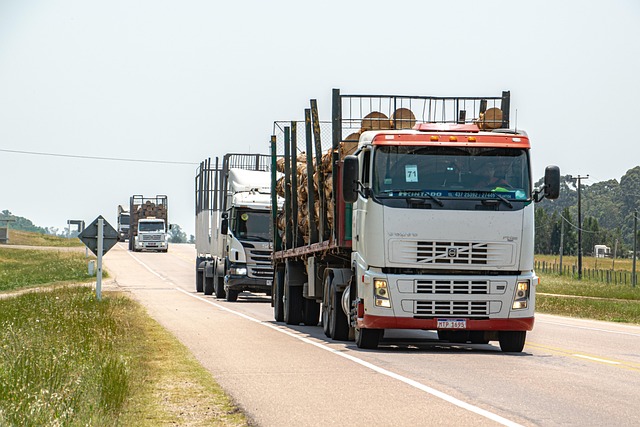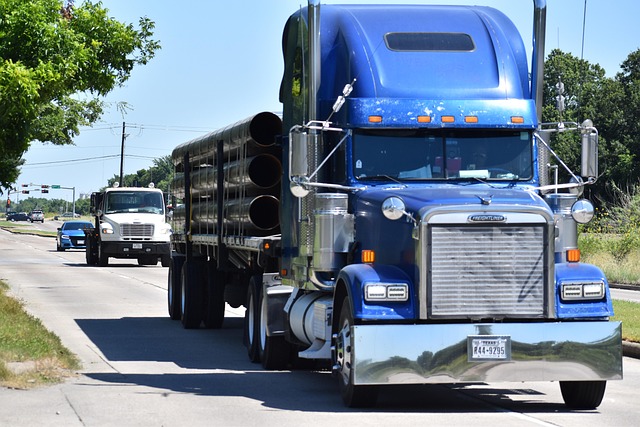Registering a car in California involves understanding state requirements and gathering essential documents. This comprehensive guide walks you through the process, ensuring accuracy from start to finish. From verifying your Vehicle Identification Number (VIN) using reliable tools to completing the registration online or at a DMV office, each step is clearly explained. Learn how to pay registration fees and receive your personalized license plate. Remember, an accurate VIN verifier is crucial for a seamless car registration experience in California.
- Understand California Car Registration Requirements
- Gather Necessary Documents for Registration
- Verify Vehicle Identification Number (VIN) Accurately
- Complete Online Registration or Visit DMV Office
- Pay Registration Fees and Receive Your Plate
Understand California Car Registration Requirements

Before registering your car in California, it’s crucial to understand the state’s specific requirements for vehicle registration. One key component is ensuring that your car passes a Vehicle Identification Number (VIN) inspection. This process verifies the authenticity of your vehicle’s VIN, which is essential for identifying and tracking vehicles with any potential issues or history.
In California, a VIN inspection is typically done through a certified examiner who checks the condition of your car against established safety standards. You might opt for a traditional stationary VIN inspection at a designated location or choose a more convenient option like mobile vin verification or mobile vin inspection services. These services bring the inspection to you, saving time and effort.
Gather Necessary Documents for Registration

Before you begin the registration process, it’s crucial to gather all the essential documents required by the California Department of Motor Vehicles (DMV). This includes your vehicle’s Registration Application (Form DV-1), which can be obtained online or in person at a DMV field office. Additionally, you’ll need proof of identity and residency, typically provided through a valid driver’s license and current utility bill. Another critical document is the Vehicle Identification Number (VIN) verifier, often accessible through a mobile VIN verifier app or service, which ensures your vehicle’s authenticity and history.
For out-of-state residents transferring registration, you might require additional documents such as proof of insurance and a release of liability from the previous owner. It’s also beneficial to have completed a mobile VIN inspection to verify your car’s condition and identify any potential issues that could impact the registration process. Ensure all paperwork is up-to-date and accurate to streamline your trip to the DMV.
Verify Vehicle Identification Number (VIN) Accurately

When preparing to register your car in California, one of the crucial steps is ensuring your Vehicle Identification Number (VIN) is accurate. This unique 17-character code is essential for identifying your vehicle and plays a vital role in the registration process. It’s important to double-check the VIN with great care, as any errors or discrepancies could lead to delays or issues down the line.
Use a reliable vin verifier, whether it’s a mobile vin inspection app or service, to cross-reference the number on your vehicle’s title, registration, and other official documents. A mobile vin inspection ensures accuracy and convenience, allowing you to verify the VIN at your leisure before proceeding with the registration.
Complete Online Registration or Visit DMV Office

You have two options for registering your car in California: complete the process online or visit a DMV office in person. Both methods require the same basic information and documentation, including your vehicle’s Vehicle Identification Number (VIN) from its verifier. If you opt for an online registration, ensure your vehicle is eligible by checking the DMV’s guidelines; some vehicles may require additional steps or inspections, such as a mobile VIN inspection or verification through a trusted service that provides accurate and secure data.
For in-person registration, plan ahead by gathering all necessary documents, including your vehicle’s title, proof of insurance, and identification. The process involves filling out forms, submitting fees, and potentially undergoing a vin inspection to verify the vehicle’s details. Using a mobile VIN verifier can streamline this process by providing quick and accurate information about your car’s history, ensuring a smoother experience during registration at the DMV office.
Pay Registration Fees and Receive Your Plate

After verifying your vehicle’s information through a VIN verifier like the California Department of Motor Vehicles (DMV) or a trusted mobile VIN inspection service, it’s time to pay the registration fees. These fees vary based on several factors, including the type and age of your vehicle. You can typically pay online, by phone, or in person at a DMV field office. Once the payment is processed, you’ll receive your vehicle’s license plate. This crucial step completes the registration process, making your car legally identifiable and allowing you to drive it on California roads.
Ensure that all information is accurate and up-to-date before proceeding. If you opt for a mobile VIN inspection service, they can assist you in paying the fees directly from their app, streamlining the process even further. Remember, a valid license plate is essential for your safety and compliance with state regulations.
Registering a car in California is a straightforward process that requires understanding specific requirements and gathering essential documents. By accurately verifying your vehicle’s Identification Number (VIN) using reliable tools like our VIN verifier, you can ensure a smooth registration experience. Whether completing the process online or visiting a DMV office, adhering to these steps and paying the necessary fees will have your California plates in hand promptly.
